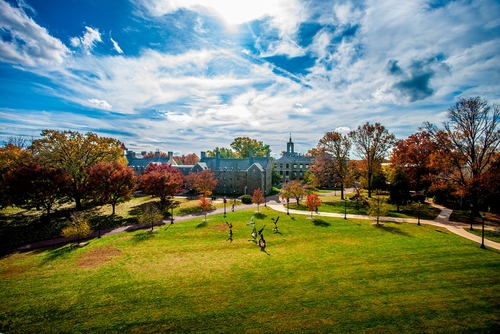
Kim Corona
kicorona@ursinus.edu
Recently, viral videos surfaced on social media displaying police arresting New York subway riders for fare evasion. These brought attention to police tactics and created an open discussion about how low-income riders and people of color are more often subject to punishment. In response, protests in New York City have begun targeting arrests for subway fare evasion.
At the beginning of September, Governor Andrew Cuomo and the Metropolitan Transportation Authority (MTA) hired 500 people for its police force. The agency hoped for the new hires to help NYPD officers deal with fare evasion and the homeless. According to the agency, prior to the new hires, 2,700 city officers were already assigned to the transit system. The increase in policing on public transportation disproportionately impacts poor communities of color. In 2016, subway stations with the highest rate of fare evasion were located in predominantly black neighborhoods near the border of Brownsville and East New York.
In 2017, a report conducted by the Community Service Society found arrests for fare evasion often involved young black men in subway stations located in high-poverty black neighborhoods. From the MTA data of arrests, most of those who are fined or arrested for fare evasion in New York are black or Hispanic.
To arrest someone for fare evasion when they’re trying to get around the city can have severe, life-long consequences besides facing jail time. People don’t jump the turnstile or crawl underneath them simply because they feel like it. This issue has to do with the increasing fare over the past few years, and the fact that people simply can’t afford it.
For the MTA, fares account for 38% of their annual earnings. Although the system is expected to reach a $1 billion operating budget deficit by 2023, it has enough money to hire new officers and install cameras focused on fare evasion. According to a report by the Citizens Budget Commission, the annual cost for one new officer is $93,000 for the first year. All 500 officers and 81 supervisors will cost $56 million in the first year.
The anger from commuters doesn’t stem just from the treatment of marginalized groups by police but the frustration with the lack of efficiency of the subway system. The MTA is known for train delays, breakdowns, service changes, and expensive fare prices.
The MTA is pouring money into services they believe will improve the community but they’re doing more harm than good. New Yorkers have been advocating for better transportation service but have received the total opposite. They’ve put the majority of their money, in the already expensive and gentrified city, towards a system providing everything but reliable train service.
